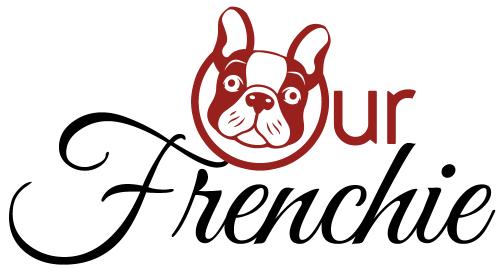Health & Care
How to Treat French Bulldog Cherry Eye
Page Contents
Many French bulldogs suffer from a common condition known as the cherry eye. This condition affects the third eye gland and its functions, which results in the reduction of the tear film.
You will notice the third eyelid when your dog is sleeping or even right after waking up from their nap.
In this write-up, you will understand what this condition is and how to treat the French bulldog cherry eye.
What is Cherry Eye?

Dogs have a nictitating membrane, commonly known as the third eyelid, located underneath the lower eyelid. Cherry eye occurs when a red, cherry-like mass appears on the third eye gland. It thickens and sticks out from its right corner.
The medical term for cherry eye is prolapsed nictitans gland (PNG). Nowadays, you can treat this eye problem in both surgical and non-surgical ways.
The strange feeling of the lump causes irritation and discomfort for your French bulldog. So if the cherry eye is left untreated, it will severely infect your Frenchie’s eyes. This condition may appear in one or sometimes both the eyes of your dog.
Cherry Eye Symptoms & Signs
If your French bulldog gets affected by the cherry eye, you will not have any difficulty noticing it. The red mass will start popping out from the corner of the eye.
Here is the list of the signs and symptoms you need to pay attention to:
- Redness and dryness of the eye
- Constant scratching and pawing at the eye
- Overflow of tears (Epiphora)
- Excessive blinking and squinting
- Conjunctivitis
- Swelling of the eye
Cherry Eye Massage Technique French bulldog
Massaging is another non-surgical treatment for cherry eye. How this works is by massaging the third eyelid gland, the nictitating membrane gland goes back in place. It is cheaper and easier than surgery.
If you don’t feel confident: Take your Frenchie to the vet as soon as you see any symptoms showing the cherry eye.
French Bulldog Cherry Eye Treatment: Eye Wash
The cherry eye appears in different sizes, and depending on that, we will know how to treat the condition. If the size is considerably small, you can fix it through non-surgical methods. It involves using antibiotic eye drops, ointments, or steroidal.

Check on Amazon
However, if the treatment does not bring any changes or relief, the only choice left would be surgery.
The first surgical method to treat the prolapsed nictitans gland condition is the tacking method, also known as tucking. It is the most traditional and standard method performed. In this technique, the veterinarian stitches the gland and moves it back to its original position.
Some complications may occur with this procedure. The most common one is that the stitch may loosen up or break, so a second stitch may be required. Also, sometimes, the stitch, if untied, may scratch the eye’s surface, which will be painful for your dog.
The second method is known as the pocketing or imbrication method. This technique is new and often causes a challenge since it is not easy to remove the tissues without determining.
In this procedure, the vet creates a pocket in the third eyelid to put the gland back in its place. They then sew the eyelid back. Eventually, the stitches disappear.
One thing you need to know is that as the stitches start dissolving, swelling and redness in the eye may occur. Also, if the stitches are loose, it can harm the eye.
In some cases, the veterinarian uses both tucking as well as pocketing method to fix the cherry eye.
Finally, the last option is to remove the third eye gland completely. This method was once the ideal treatment for the cherry eye condition. However, after understanding the importance of the nictitans gland and its function of producing tear film, not many vets prefer this method. It is always the last resort remedy.
By removing the third eyelid gland, there is a high risk that the upper eyelid gland may not produce enough tears. It will result in a yellow mucus-like discharge. In this case, a blinding pigment covering appears in the eye for protection.
This condition is known as keratoconjunctivitis sicca or in simple words, dry eye. To cure dry eye, it requires a lifetime of medication, and if untreated, your Frenchie may turn blind.
What to Expect After Cherry Eye Surgery?
Swelling is something you can expect after the surgery, and it will cure within a week or so. If your dog is in pain or you notice an unfamiliar appearance in the eye, quickly take them to the vet.
There are some cases where cherry eye returns even after surgery. However, most French bulldogs recover, and in a few weeks, the gland regains its function.
In addition, it is best to follow the steps your veterinarian instructs for quick recovery and prevent complications.
In Conclusion
French bulldogs are most affected by the cherry eye condition, including some other breeds such as the Terriers and Pugs. Cherry eye in your French bulldog often occurs at a young age, and it is easily fixable if diagnosed early.
Keep in mind that the cherry eye will not disappear on its own. If you wait it out, the condition will worsen, which may lead to blindness. Therefore, before that happens, take your dog to the vet as soon as you notice the start of the condition.


